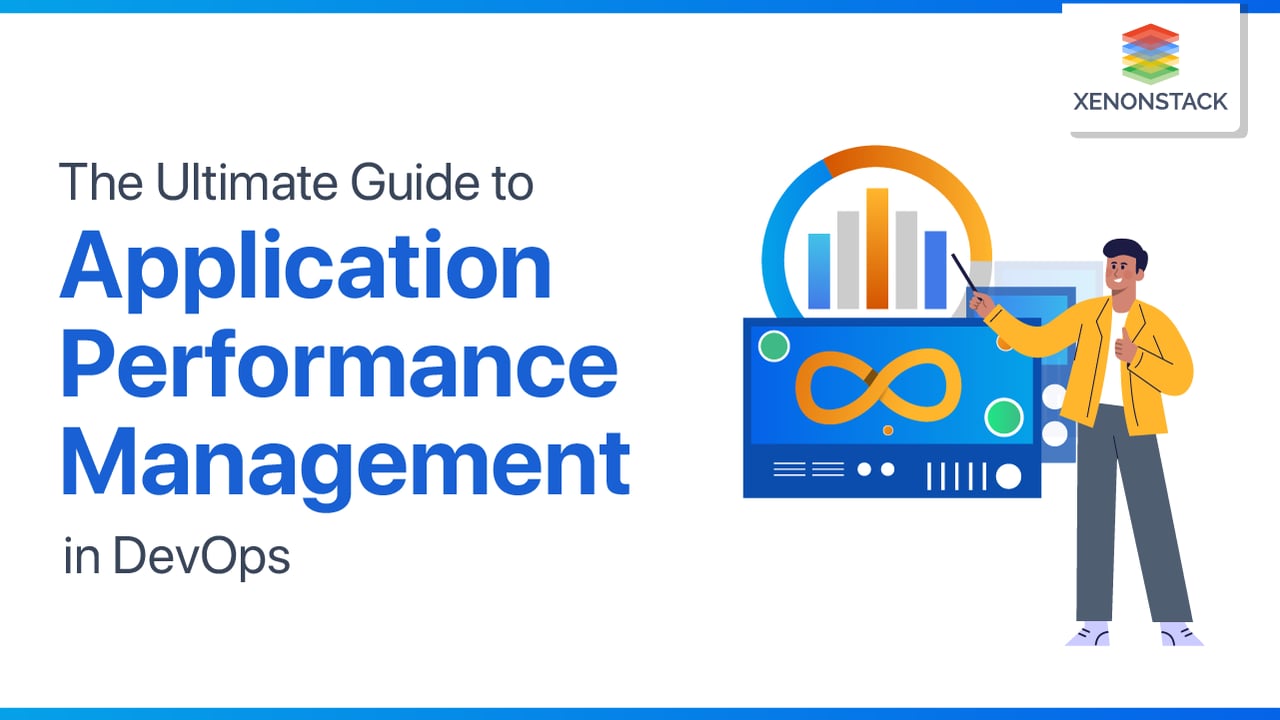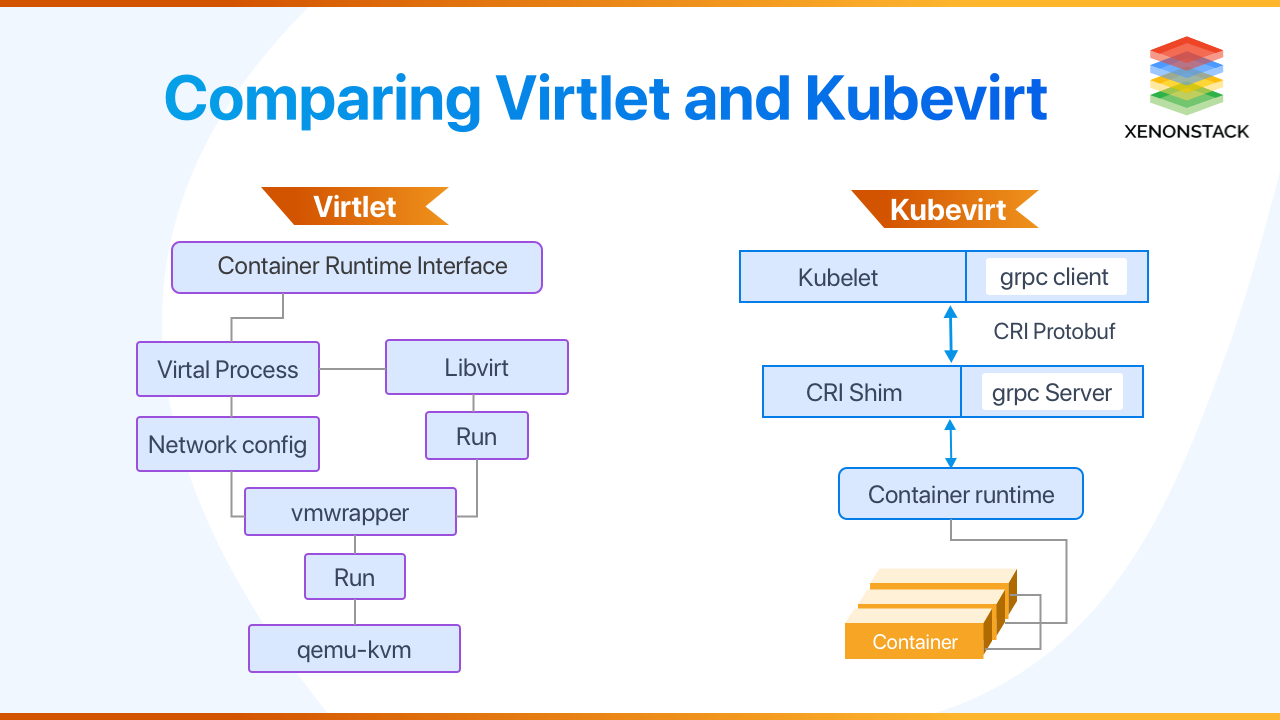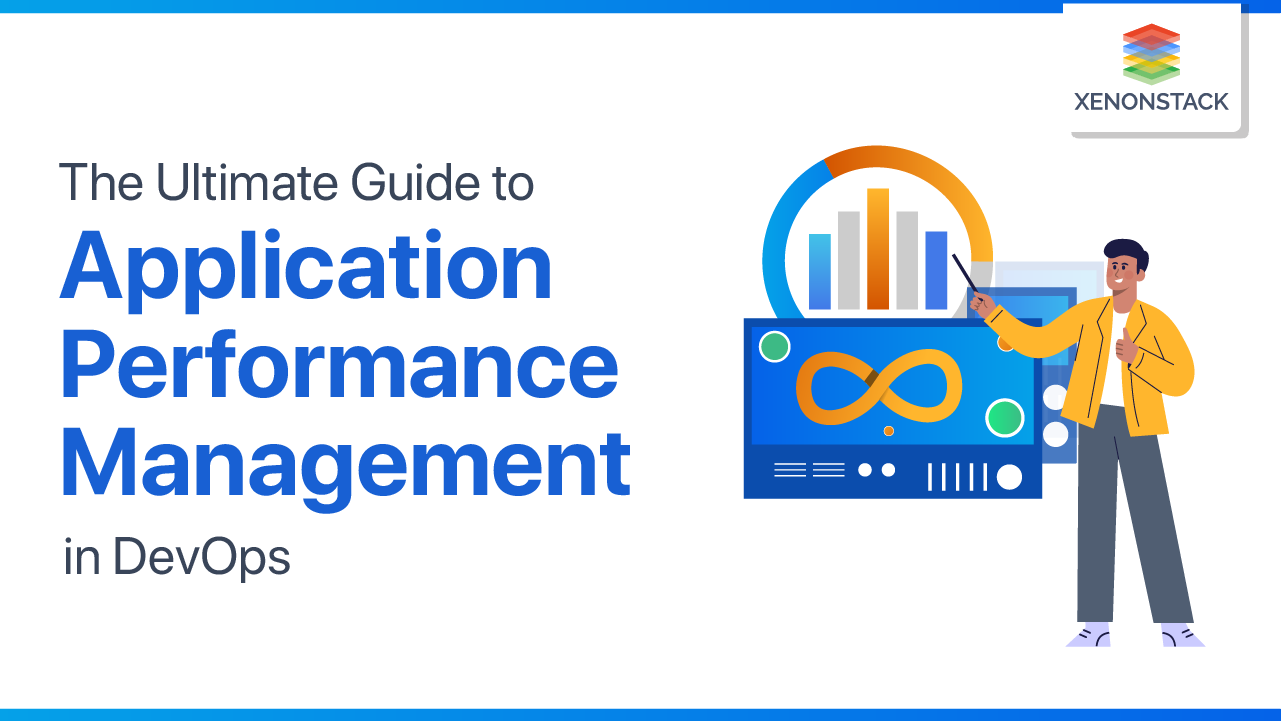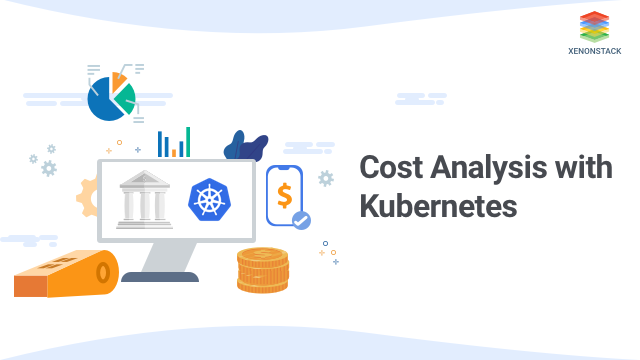
Introducing Application Performance Management
In the world of enterprise businesses committing to a DevOps culture, modern professionals learn microservices' value. Microservices architecture with containers making it easier for the developers. To standardize and automate the application environments, infrastructure environments, and resource configuration with code. This way occurs with Application Performance Management in DevOpsFind meaningful insights based on the study of consumer desires data, buying patterns, demographic attributes, which are gathered through different technologies. Click to explore about our, Real-Time Store Monitoring
What is Application Performance Management?
Software Building and Deployment on the production is not all done in the software life cycle, Ensuring that the deployed software is up and running successfully. When the software deployed to the production is successful with the DevOps delivery pipeline, our responsibility is to ensure that it performs as expected in the live environment. Thus, In Simple words Application, Performance Monitoring is to figure out how to monitor the production site after the software's deployment. If any issue is there, detect it before the customer detects the issue. Hence, APM understands how customers are using our software and engaging ourselves actively to understand their requirements to ensure that we build the right things for the customers.How to monitor the live system or application?
Monitoring of applications is the biggest aspect, As the speed and the accuracy expected is very high to address the issue on time. There are three ways of monitoring application:- Monitoring through tools
- Monitoring through logs
- Monitoring through Notification and Alarms
A method of observing, reviewing, and managing the workflow in a cloud-based infrastructure. Click to explore about our, Cloud Monitoring and Management Tools
Why metrics collection is important?
With a collection of metrics, We can gather information like Failures, core dumps, error messages and warnings, Performance metrics, Availability, and so on.- Failures, core dumps. Error messages and warnings: Any message related to the server's failure, network, databases, websites, and even the application's functionality gives a clear picture of the delivered code.
- System and Application Usage Pattern: This metric aims at finding the pattern in the usage of the application and the system resources. It helps see if there are any issues in the configuration of the firewalls. Load balancing, and server memory configurations to help the team fix the problems faster.
- Performance Metrics: System and Application performance metric are essential as it provides details of the application. Whether the system is running slow, or the system will handle the peak. The load in the live environment, or how the application recovers from a stressed to a normal state.
- Availability Metrics: It is essential to gather the “Availability Metrics,” Keeping the system up and highly available all the time, is the exception of the customers. It tracks how many times the system goes down over time and how much time is taken to recover and access the business loss.
- Scalability Metrics: These days, cloud infrastructure adoption is the costly affair. Where the pay you go model has been in practice, no one would like to idle their infrastructure resources.
The performance and the load time play an essential role in any business. Click to explore about our, Performance Optimization Techniques in Angular
Application Performance Management in DevOps
In Production Environments, Application Performance Monitoring Tools are mostly employed to monitor performance. Similarly, Systematic application monitoring can significantly decrease the development time and increase the application performance and stability in the development environment. DevOps (Development + operations) is becoming popular, and essential. Note that web application performance is a core component of its practices acting as a catalyst in its processes. Enterprise Management Associates' research states that manual troubleshooting is the biggest bottleneck that the teams face in their Continuous delivery pipeline. Application Performance Monitoring solutions can substantially mitigate the challenges generated by the high production rate change.
Example: If a request to a web application is taking an unusually long time to respond. Then this could be due to the slow running of queries trying to retrieve the relevant information from the database. These problems are hard to identify without an app performance monitoring tool. There are so many errors or issues that affect the application performance, and due to the tools, we can identify the cause's problems. This error causing pinpoint the codes directly, and delays in problem identification and reduce resolution massively. Operations, development, and quality assurance teams become more flexible in breaking barriers. In collaboration and becoming transparent and effective with their development and production processes.

Conclusion
Application Performance Management is a tool that enables end-users, administrators, and organizations to gauge and evaluate the performance of a given system. Application Performance Monitoring Solutions are based on monitoring websites or complete applications to maintain software applications' performance and user experience.- Get an Insight About Go Application Performance Monitoring
- Read More About Performance Profiling Tools and Benefits


